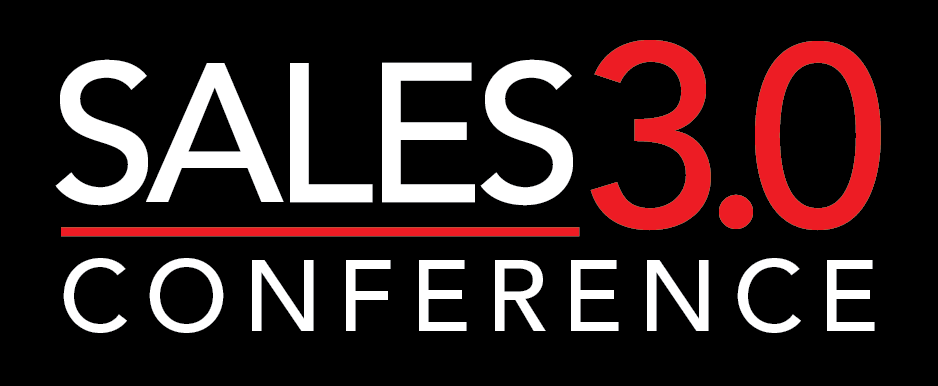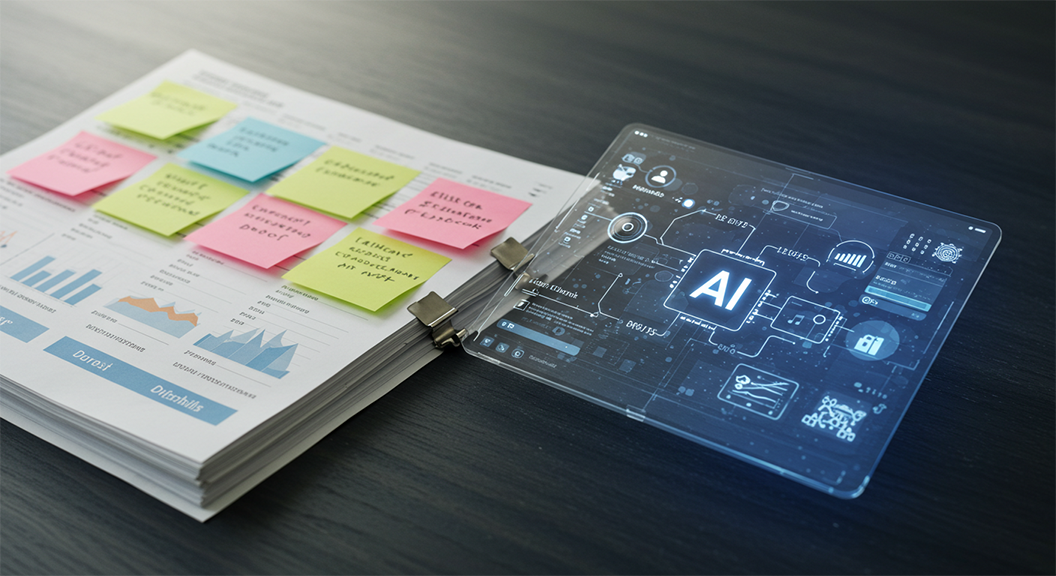Most CROs are still running the same playbook – headcount drives pipeline, pipeline drives revenue, and productivity is measured in calls, meetings, and emails.
But the world has changed.
AI is rewriting how work gets done, who does it, and what it costs. GTM models built on human-only output are collapsing under their own inefficiency. The next generation of growth leaders will scale leverage, not headcount.
What AI Fundamentally Changes About GTM
From Resource-Heavy to Output-Heavy
AI multiplies the leverage per rep, per marketer, per GTM dollar. The 2010s model of “hire more humans to grow” is being replaced by hybrid teams where humans handle judgment and strategy and AI handles the rest.
From Rigid Roles to Dynamic Workflows
AI agents now absorb tactical and repetitive work: research, personalization, follow-ups, data entry. Sellers can finally focus on what they do best: building trust, solving problems, and closing deals.
From Activity-Based to Impact-Based Metrics
The old world rewarded activity (number of calls, number of emails).
The new world measures impact: % of book engaged, cycle efficiency, and AI-augmented engagement quality.
The Numbers Tell the Story
| Category | Old Assumption | AI Reality |
| Rep Capacity | $1M pipeline per rep | $2M+ with AI leverage |
| Quota Attainment | 70–80% | 90%+ via AI prioritization |
| SDR Output | 10 meetings/month | 20+ with AI agents |
| Time Allocation | 60% admin | 80%+ selling |
| Hiring Plan | Headcount = Scale | Leverage > Headcount |
| Measurement | Activities | System Output (Rep + AI) |
Every GTM assumption – capacity, hiring, spend – must be rebuilt.
Tenets of the New GTM Economics
- Leverage is the new hiring plan. Amplify your best reps; don’t try to automate your weakest.
- Productivity is system-wide. Measure the output of human + AI systems, not individuals.
- Forecasting must evolve. The old “linear headcount = linear output” model is dead.
- Tech and headcount are interchangeable. Think in blended costs per outcome, not per seat.
- Agentic platforms beat point tools. Unified AI systems outperform disconnected automations.
- Adapt or fall behind. AI-native orgs will outpace laggards on margin, cycle time, and win rate.
The New GTM Math
Old World: 10 AEs × $1M quota = $10M target
70% attainment → $7M output
Cost = $5M → CAC = 0.71
New World: 7 AEs × $2M capacity = $14M target
90% attainment → $12.6M output
Cost = $4.8M → CAC = 0.38
Smaller team. Higher output. Lower CAC. Less management drag.
That’s what AI-native GTM looks like.
The Spreadsheet That Got You Here Won’t Get You There
The classic CRO spreadsheet – headcount, quota, pipeline multiplier – was built for another era.
AI isn’t just another tool. It’s a new operating system for go-to-market – one that changes the math of growth itself.
CROs who adapt now will run faster cycles, lower CAC, and scale with unprecedented leverage.
The future of GTM won’t be built by who hires fastest. It’ll be built by who designs for leverage.

Kris Rudeegraap is co-CEO of Sendoso.





